Information provided by Therapy Department, George Eliot Hospital NHS Trust
“Your potential is our goal”.
What is the Elbow Joint?
The elbow is the joint between the upper arm and forearm. It lets us move our hands to do everyday tasks.
The main movements of the elbow are:
- Flexion: Bending the elbow.
- Extension: Straightening the elbow.
- Supination and Pronation: Turning the hand palm-up or palm-down.
What is Elbow Stiffness?
Elbow stiffness is when it’s hard to move the elbow fully.
Any of the movements listed above can become stiff.
What Causes Elbow Stiffness?
Elbow stiffness can happen after an injury, such as a fall or fracture.
Sometimes, surgery is needed to help fix the joint, which can also make it stiff. Keeping the elbow still for a long time can also lead to stiffness.
What Problems Does Elbow Stiffness Cause?
If your elbow is stiff, you may find it harder to do things with your arm, like lifting a cup, washing your head or bringing your hand to your mouth for eating.
It may be difficult to use a mobile phone, computer mouse or keyboard.
If you have problems with turning your palm up, you will find it difficult to reach for change when shopping or carry a plate.
What Can I do to Help with Elbow Stiffness?
Exercises will help to reduce elbow stiffness, make the elbow move more easily and improve the range of movement. Do the exercises x10-20 times x 3 times a day.
1. Supine Elbow Flexion
Lie on your back with your shoulder at a 90-degree angle with your body. Use your unaffected arm to keep the affected arm in the 90-degree position. Bend your elbow, moving your thumb down towards your forehead, nose, chest, left and right shoulder.
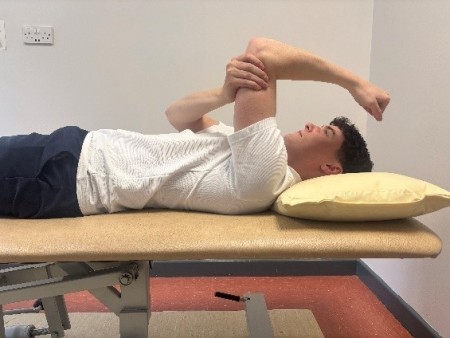
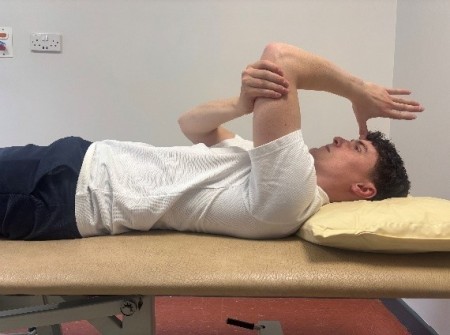
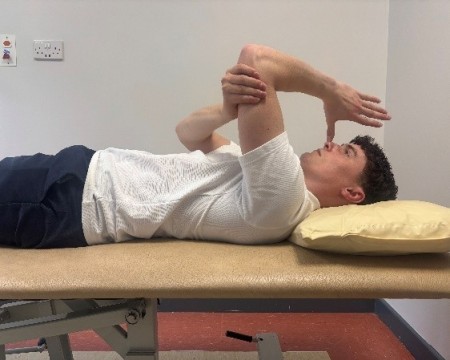
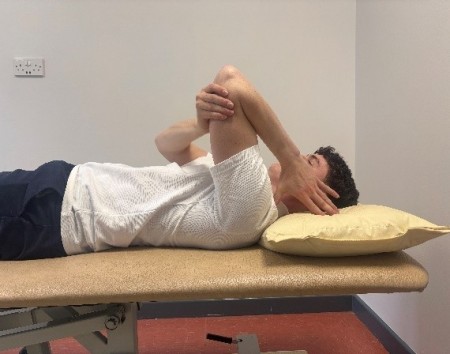
2. Supine Elbow Extension
Lie on your back with your shoulder at a 90-degree angle with your body, and your elbow bent. Use your unaffected arm to keep the shoulder in the 90-degree position. Move your hand towards the ceiling to straighten the elbow as far as you can.
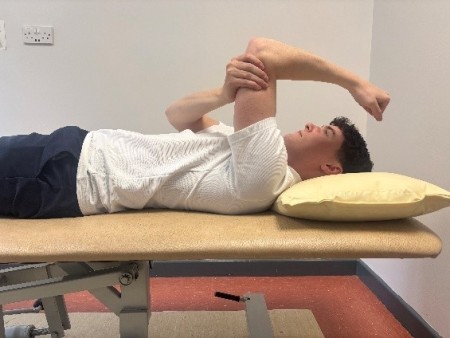
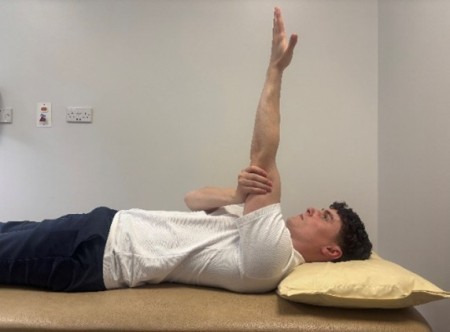
3. Seated Flexion and Extension
Sit at a table with your hand on a towel or cloth. Slide your hand forward, away from your body, to straighten your elbow. Then slide it back to the starting position.
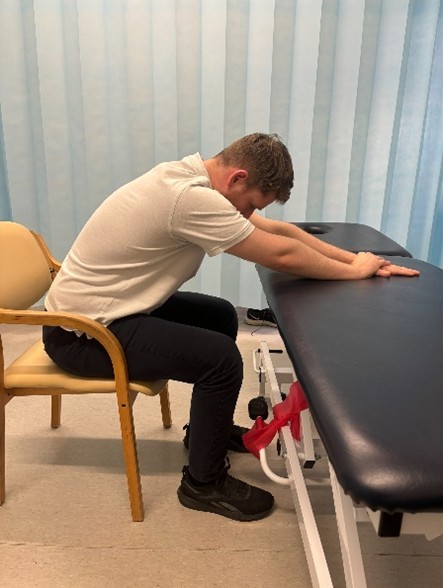
4. Supine Pronation and Supination
Lie on your back with your shoulder at a 90-degree angle from your body, and your elbow bent. Start by placing your palm on your forehead. Turn your palm up to face the ceiling and place the back of your hand on your forehead.
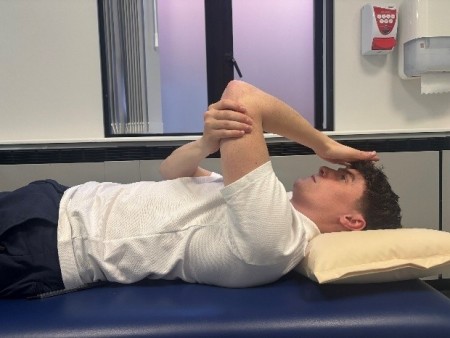
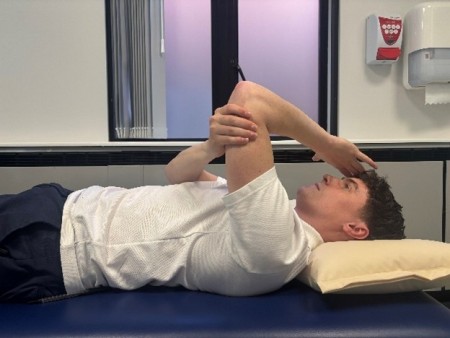
5. Active-Assisted Pronation and Supination
Sit or stand with your elbows by your side, bent at 90 degrees. Use your unaffected arm to help turn the hand of the affected arm up towards the ceiling and then down towards the floor as far as you can.
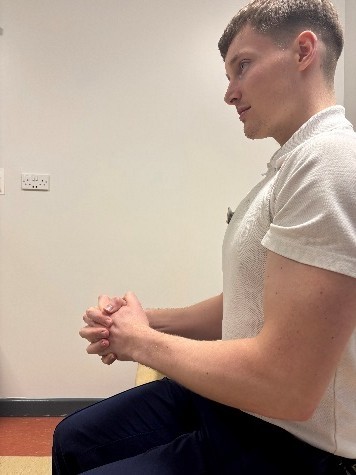
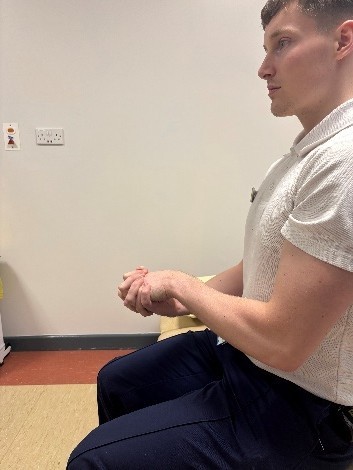
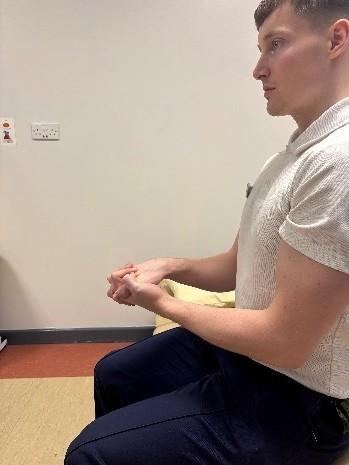
George Eliot Hospital is a smoke free environment. For help and advice to stop smoking you can call the national helpline on 0300 123 1044 or visit https://
Copyright
Except where otherwise noted, this item is licensed under the CC BY license (https://
If you are a rights holder and are concerned that you have found material on our patient information resources website, for which you have not given permission, or is not covered by a limitation or exception in national law, please contact us using the Feedback form providing your contact information and full details of the material.